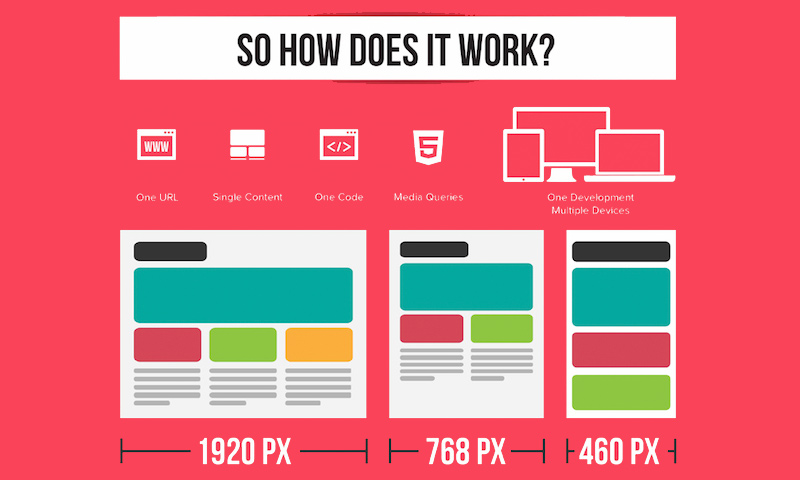Website Design: Enhancing Customer Experience For Better Conversions
Website Design: Enhancing Customer Experience For Better Conversions
Blog Article
linked internet page -Lamont Sahin
Have you ever before saw a web site that took permanently to load, had a complicated navigation system, or didn't display effectively on your smart phone? Possibilities are, you rapidly deserted that website and carried on to one that offered a much better user experience.
In today's affordable online landscape, it's crucial for organizations to focus on website design that enhances user experience in order to drive better conversions. In this conversation, we will explore the significance of receptive style, the usage of instinctive navigating, and the optimization of web page load rate to produce a smooth and appealing customer journey.
Keep tuned to find how these aspects can considerably influence your site's success.
Value of Responsive Style
Responsive layout is crucial in today's electronic landscape for developing sites that adapt effortlessly to various display sizes and tools. When your site is receptive, it instantly readjusts its design and web content to fit any device, whether it's a mobile phone, tablet, or computer. web page design is essential because more and more individuals are accessing the web through their mobile phones.
If your web site isn't receptive, it can cause a poor customer experience. Individuals might have to pinch and zoom to read content, buttons may be also tiny to click, and pictures might not be enhanced for smaller displays. This can frustrate users and cause high bounce prices and reduced conversions.
Using Instinctive Navigation
When developing a receptive site, it's important to focus on making use of intuitive navigating for an improved user experience.
Instinctive navigation describes organizing your internet site's menu and navigating elements in a sensible and user-friendly way. By doing so, you make it much easier for visitors to find what they're searching for and navigate with your web site effortlessly.
User-friendly navigation helps in reducing confusion and irritation, ultimately bring about far better individual interaction and enhanced conversions.
To achieve instinctive navigation, consider utilizing clear and detailed labels for your food selection products, applying a consistent design across all pages, and including search functionality for quick access to details content. Furthermore, it's vital to focus on vital web pages and details, guaranteeing they're plainly displayed and quickly accessible.
Optimizing Page Load Speed
To improve customer experience, it's vital to optimize the page load rate of your site. Slow-moving packing times can irritate individuals and result in higher bounce rates.
Luckily, there are several approaches you can apply to enhance your internet site's load rate. Firstly, consider lessening the dimension of your pictures by compressing them without compromising quality.
Furthermore, enhance your code by minimizing unneeded scripts and CSS data. One more efficient method is to take advantage of web browser caching, which enables particular elements of your site to be stored locally, reducing tons times for returning visitors.
Additionally, consider making use of a content delivery network (CDN) to distribute your website's documents throughout numerous servers, improving lots speed for individuals in different geographical places.
Final thought
In conclusion, by employing responsive style, instinctive navigation, and optimizing page tons speed, web designs can dramatically boost customer experience and drive much better conversions.
With an easy to use user interface, simple navigating, and quick filling times, sites can record and keep the interest of individuals, leading to increased interaction and higher conversion rates.
So, do not postpone in implementing these web design methods to make sure a smooth and successful individual experience!
